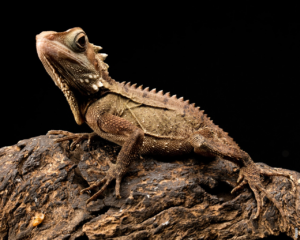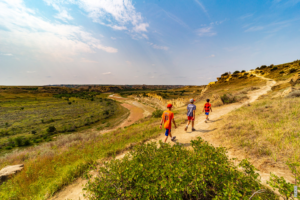Introduction
Penguins are fascinating creatures that inhabit the icy regions of the Southern Hemisphere. Their life cycle is filled with unique adaptations and incredible journeys. Let’s dive into the captivating world of penguins and explore their remarkable life cycle.
Egg Formation and Incubation
The journey of a penguin begins with the formation of an egg. After courtship rituals, female penguins lay a single egg, which is then carefully transferred to the male penguin for incubation. The male penguin carries the egg on his feet, safeguarding it from the harsh Antarctic elements, while the female ventures out to sea in search of food.
Hatching and Chick Development
After approximately 30-40 days of incubation, the egg hatches, and the adorable penguin chick emerges into the world. Covered in fluffy down feathers, the chick relies on its parents for warmth and protection. The parents take turns in feeding the chick, regurgitating food from their stomachs. As the chick grows, it molts its down feathers and develops waterproof plumage.
Fledging and Independence
Once the chick reaches around 2-3 months of age, it is ready to fledge, which means it is capable of swimming and feeding on its own. The chick joins a group of other young penguins, forming a crèche, where they learn essential skills from each other. During this period, the parents continue to provide support and food until the chick becomes independent.
Mating and Nesting
When penguins reach sexual maturity, usually between 3 to 8 years of age, they return to their colonies for the breeding season. They engage in elaborate courtship rituals, such as calling, preening, and gift-giving, to attract a mate. Once a pair bonds, they build a nest using stones or digging burrows in the ground, where the female lays her egg.
Post
Post
Migration and Feeding
After the successful breeding season, some penguins embark on remarkable migration journeys in search of food. Species like the Emperor Penguin can travel long distances, enduring extreme weather conditions, to reach their feeding grounds. Penguins are skilled swimmers, using their streamlined bodies and flipper-like wings to navigate through the water and catch their prey, mainly fish and krill.
Conclusion
The life cycle of a penguin is a testament to their resilience and adaptability in the harsh Antarctic environment. From the formation of an egg to the independent life at sea, penguins go through remarkable transformations. Their perseverance in raising their young and their remarkable migration journeys make them truly extraordinary creatures of the Southern Hemisphere.



